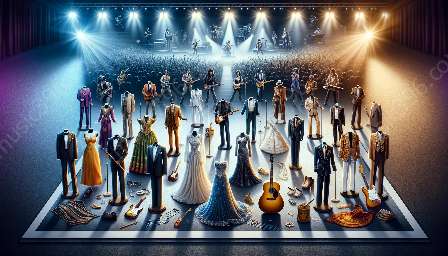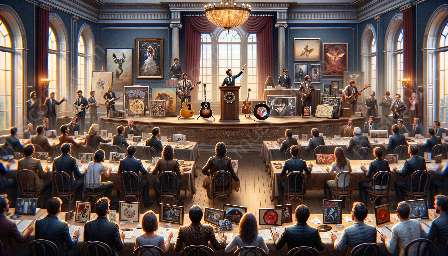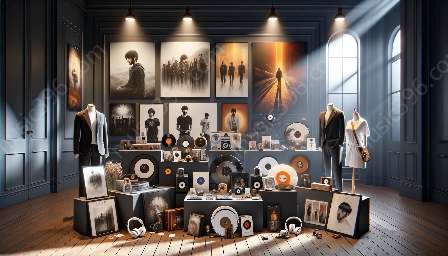Music autographs have always been highly coveted by fans and collectors, but with the rise of forgery in the market, it has become imperative to employ advanced methods for authentication. This article delves into the use of digital imaging and analysis in identifying forged music autographs, exploring its compatibility with music autograph forgery detection and its impact on music art and memorabilia.
Part 1: Understanding Music Autograph Forgery
To truly appreciate the significance of digital imaging and analysis in identifying forged music autographs, it is crucial to understand the prevalence and impact of music autograph forgery. Music autograph forgery poses a significant threat to the integrity of the music industry, as it can lead to financial losses for collectors and tarnish the reputation of artists. Authenticity is paramount when it comes to preserving the value and legacy of music memorabilia.
Part 2: Importance of Music Autograph Forgery Detection
Music autograph forgery detection is a critical process that helps combat the proliferation of counterfeit autographs in the market. It involves the use of various authentication techniques and expertise to verify the legitimacy of music autographs. By effectively identifying forged autographs, the authenticity of music memorabilia can be preserved, thus safeguarding the interests of collectors and maintaining the integrity of the music art market.
Part 3: Digital Imaging and Analysis for Authentication
Advancements in digital imaging and analysis have revolutionized the realm of authentication for music autographs. High-resolution imaging techniques, such as spectral analysis and digital microscopy, allow for detailed examination of autographs, enabling experts to detect subtle differences between genuine and forged signatures. Additionally, sophisticated software and algorithms play a pivotal role in comparing and analyzing autographs, contributing to the accuracy and efficiency of authentication processes.
Part 4: Techniques and Technology
The integration of digital imaging and analysis in identifying forged music autographs encompasses a range of techniques and technology. Multi-spectral imaging, which captures autographs under varying wavelengths of light, unveils hidden details and characteristics that are undetectable to the naked eye. Furthermore, advanced software applications facilitate the comparison of autographs by analyzing factors such as stroke patterns, pressure points, and ink composition, aiding in the identification of inconsistencies that signify forgery.
Part 5: Impact on Music Art and Memorabilia
The utilization of digital imaging and analysis in identifying forged music autographs has profound implications for the music art and memorabilia market. Genuine authentication instills confidence in collectors, fostering a trustworthy environment for transactions and investments in music autographs and memorabilia. Moreover, the authentication process ensures that authentic music art and memorabilia retain their value and contribute to the preservation of musical history.
Conclusion
Digital imaging and analysis have become indispensable tools in the fight against music autograph forgery. The compatibility of these techniques with music autograph forgery detection has elevated the standards of authentication, mitigating the prevalence of counterfeit autographs and elevating the integrity of the music art market. Through advancements in technology and expertise, the identification of forged music autographs has never been more precise and reliable, redefining the landscape of music memorabilia authentication.























